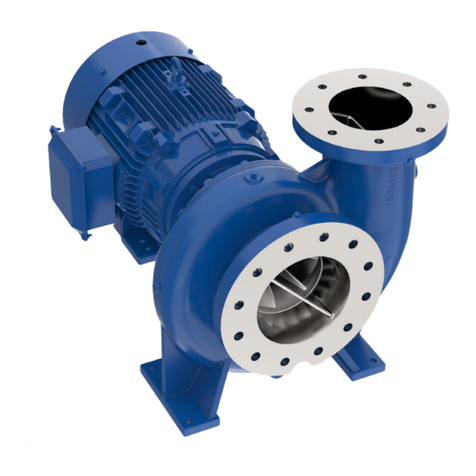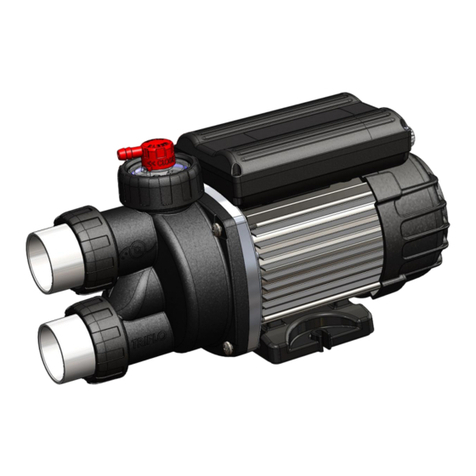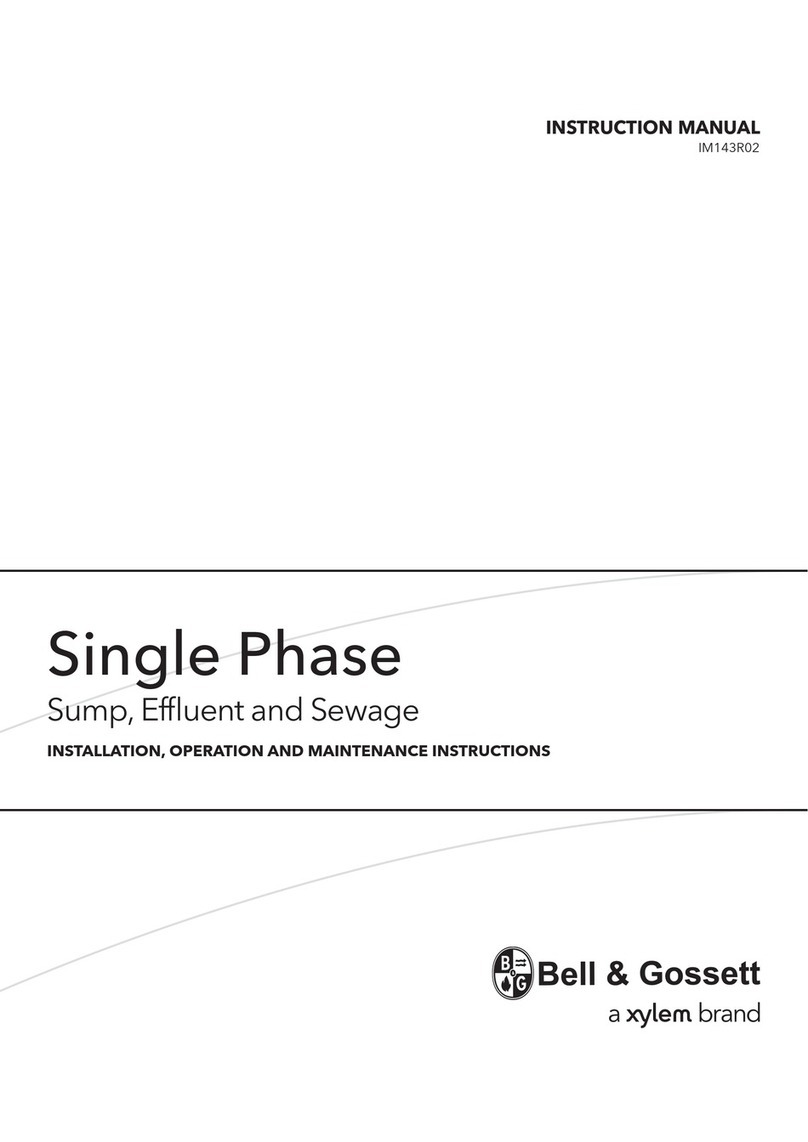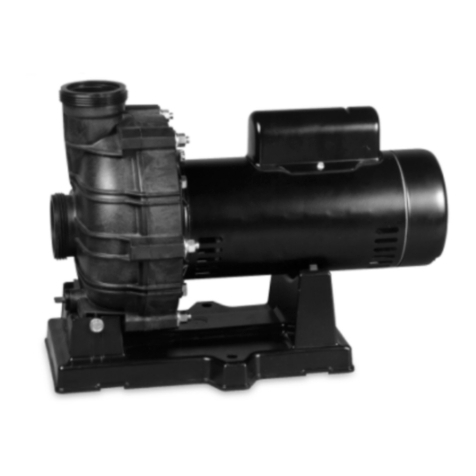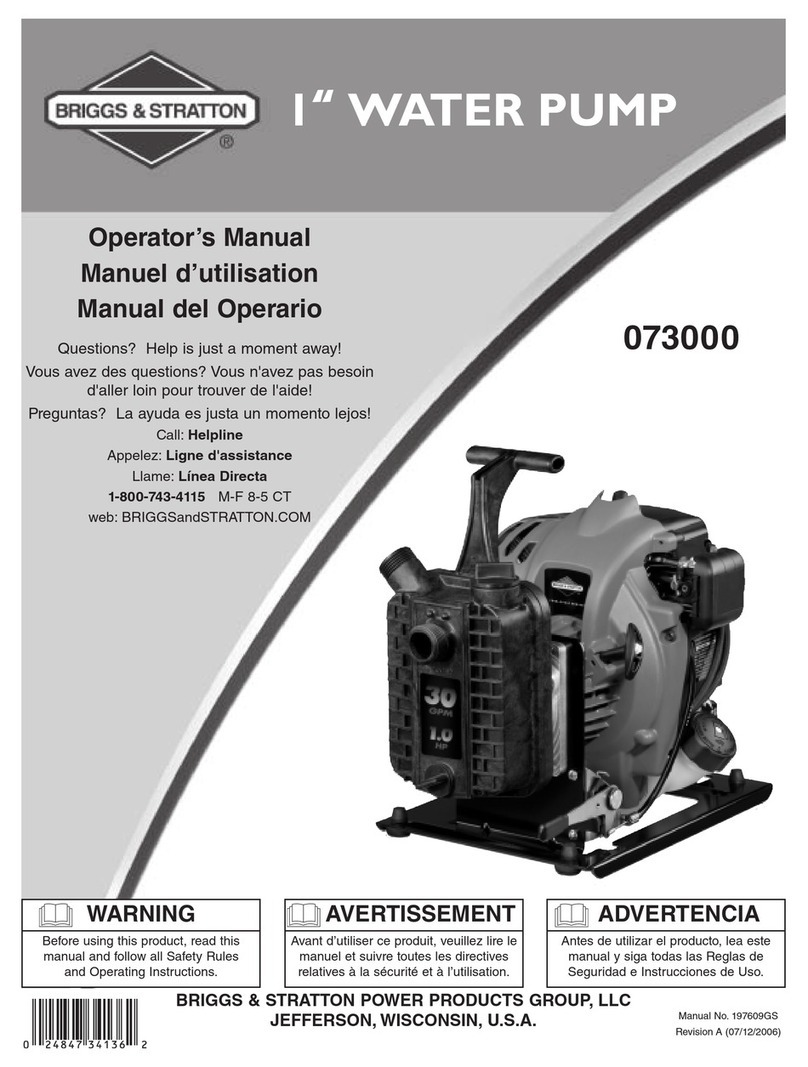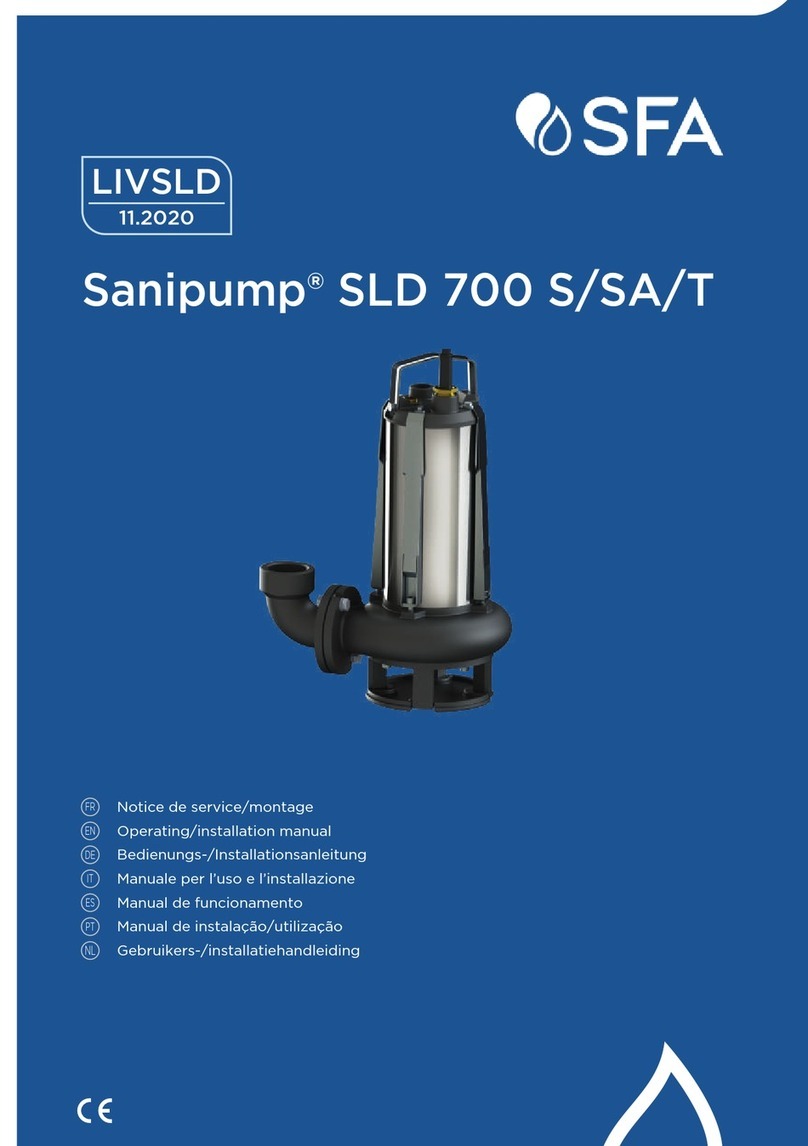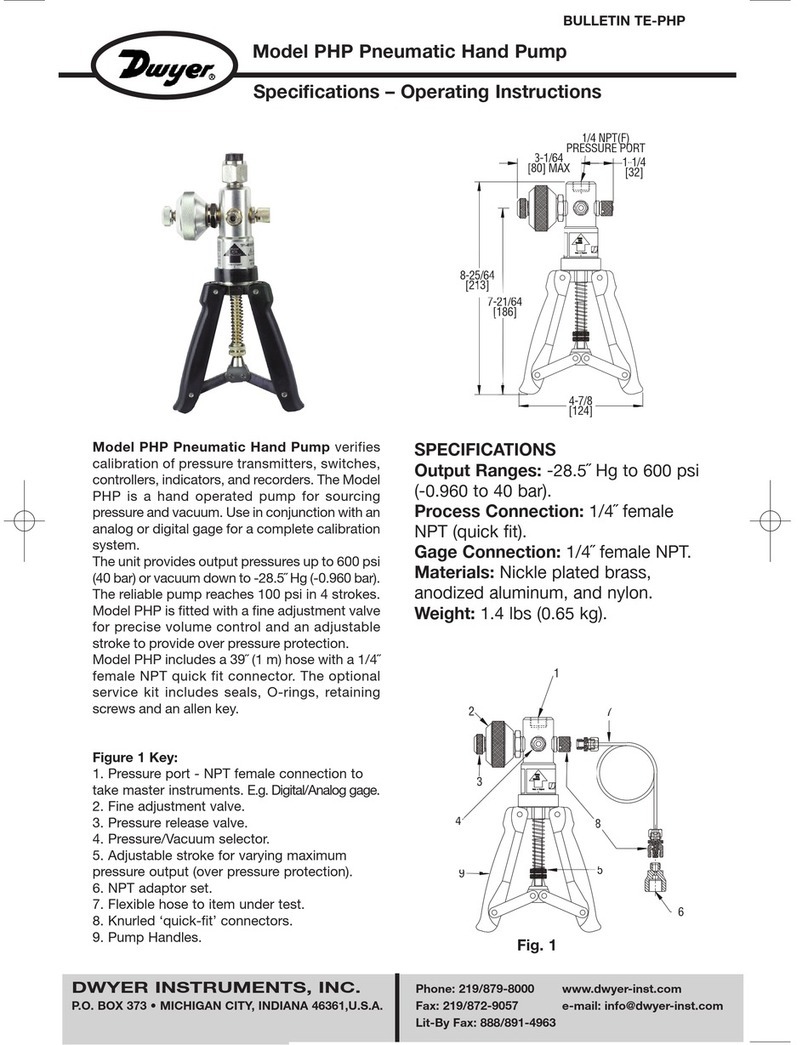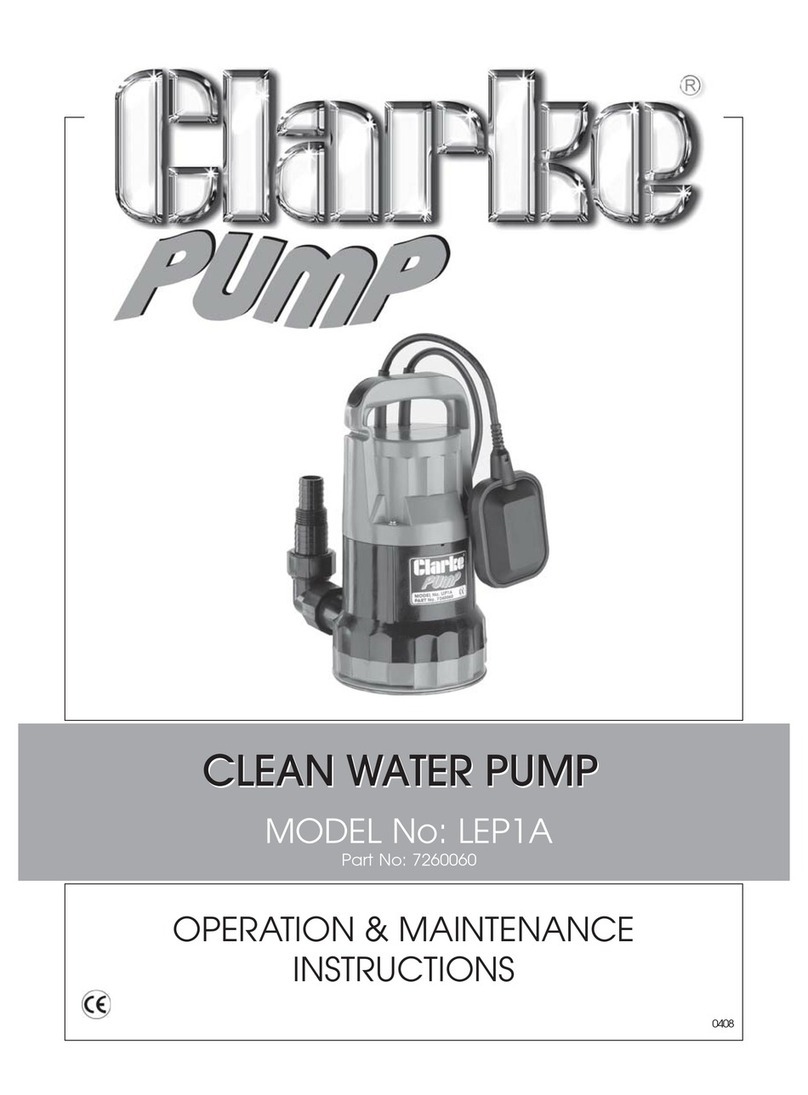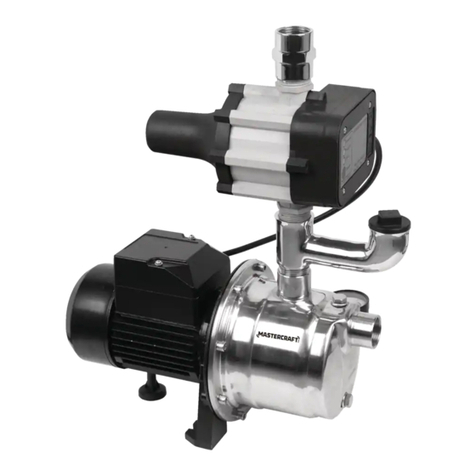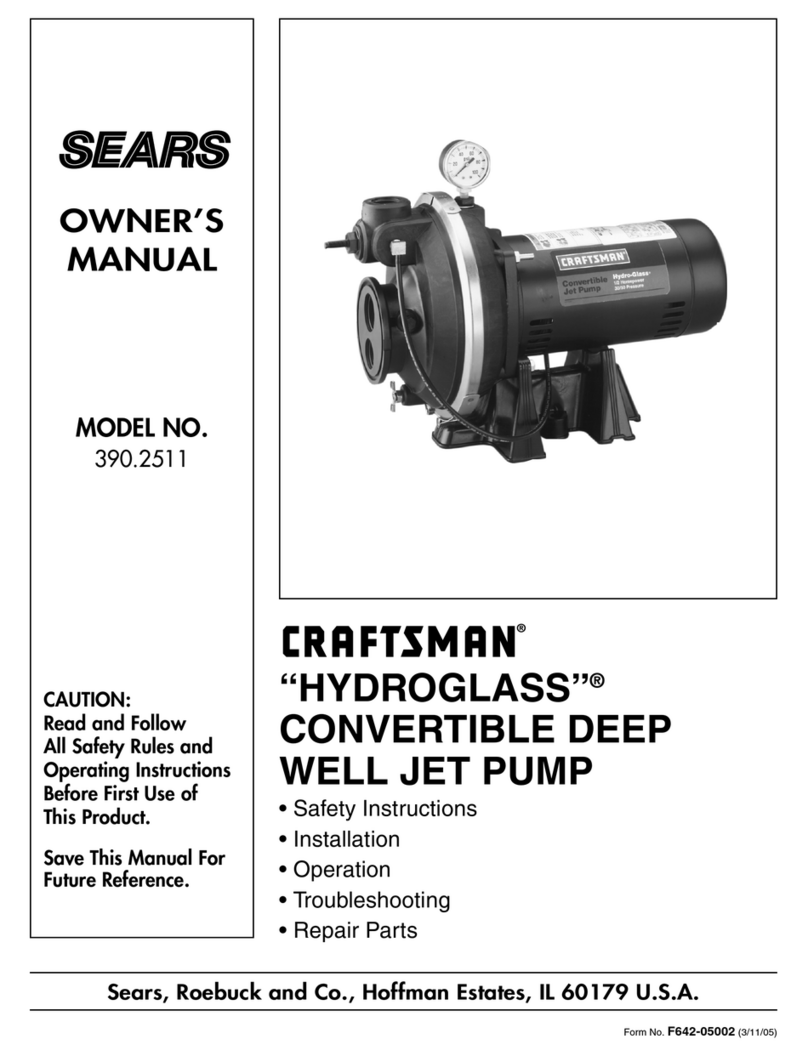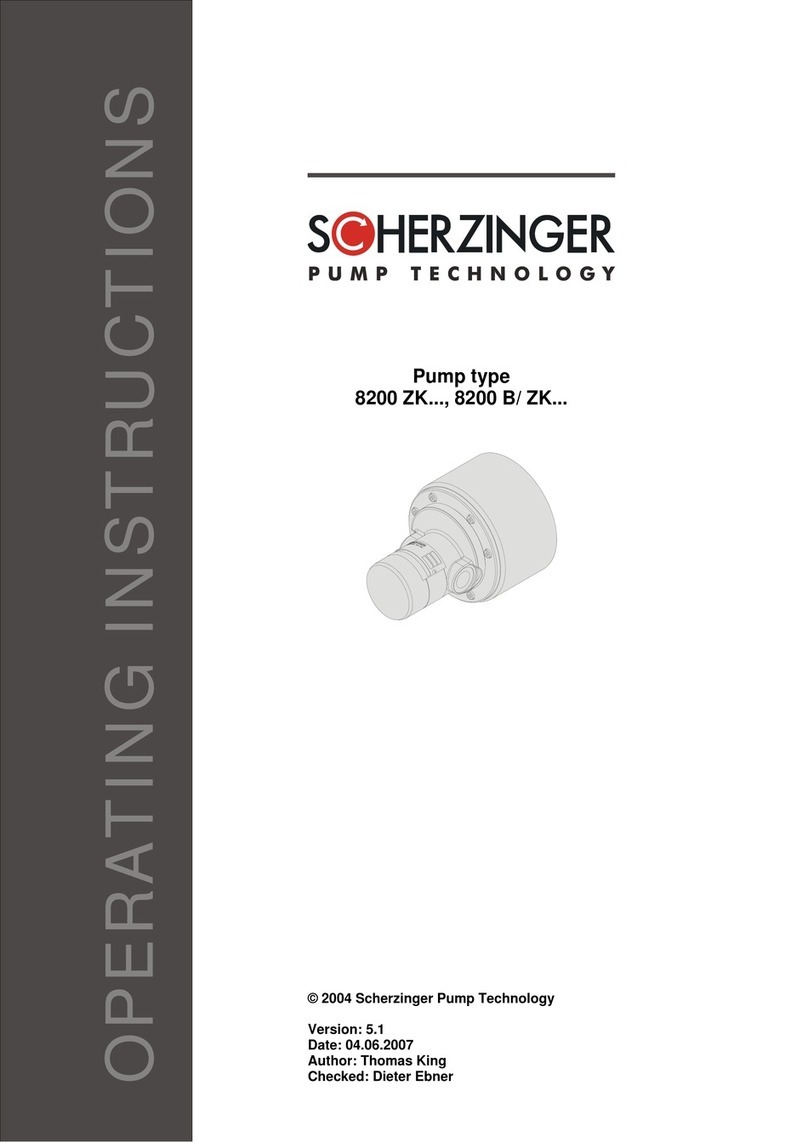Table of contents
Table of contents
1 Introduction 5
1.1 Preface.................................................... 5
1.2 Product identification/Product information . . . . . . . . . . . . . . . . . . . . . . . . . . . . . . . . . 5
1.3 Storage.................................................... 5
1.4 Definitionofterms.............................................. 6
1.5 Officesabroad................................................ 6
1.6 Symbolsusedinthismanual........................................ 7
1.6.1 Dangerwarninglevels....................................... 7
1.6.2 Dangersymbols .......................................... 8
1.6.3 Commandsymbols ........................................ 9
1.6.4 Generalsymbols.......................................... 10
1.7 Personalprotectiveequipment ....................................... 10
1.8 Definition of qualified/authorized personnel . . . . . . . . . . . . . . . . . . . . . . . . . . . . . . . . 10
1.9 Obligationsoftheoperator ......................................... 11
1.10ObligationsofthePersonnel ........................................ 12
1.11 Identification based on the example of the pump type 5035-210-B-DM-75-6 . . . . . . . . . . . . . . 13
1.12Intendeduse/normaloperation....................................... 13
1.12.1 Limitvalues............................................. 14
1.12.2 Temperature classes and approved temperatures . . . . . . . . . . . . . . . . . . . . . . . 15
1.12.3 Overview of series/wetted parts . . . . . . . . . . . . . . . . . . . . . . . . . . . . . . . . . 15
1.12.4 Paint ................................................ 16
1.12.5 Maximumpossiblespeed..................................... 16
1.13Improperuse/fault.............................................. 17
1.13.1 Dangerfromdust ......................................... 17
1.13.2 Danger from dry running of the pump . . . . . . . . . . . . . . . . . . . . . . . . . . . . . . 18
1.13.3 Danger from overheating of the pump . . . . . . . . . . . . . . . . . . . . . . . . . . . . . . 18
1.13.4 Danger from overpressure in the pump . . . . . . . . . . . . . . . . . . . . . . . . . . . . . 19
1.13.5 Danger from particles/foreign matter in the fluid . . . . . . . . . . . . . . . . . . . . . . . . . 20
1.13.6 Danger from incorrect direction of rotation . . . . . . . . . . . . . . . . . . . . . . . . . . . . 20
1.13.7 Danger from operation with too high of a speed . . . . . . . . . . . . . . . . . . . . . . . . . 21
1.13.8 Danger from potential difference . . . . . . . . . . . . . . . . . . . . . . . . . . . . . . . . . 21
1.13.9 Danger from exceeding the maximum torque . . . . . . . . . . . . . . . . . . . . . . . . . . 21
1.13.10 Danger from mechanically produced sparks . . . . . . . . . . . . . . . . . . . . . . . . . . . 22
1.14Complaints.................................................. 23
1.15Warrantyandliability ............................................ 24
1.16Declarationofconformity .......................................... 25
1.16.1 Declaration of conformity as per Directive 2014/34/EU . . . . . . . . . . . . . . . . . . . . . 25
1.16.2 Declaration of conformity as per Directive 2006/42/EC (Machinery Directive) . . . . . . . . 26
1.16.3 CE conformity notes relating to fitting a motor/drive . . . . . . . . . . . . . . . . . . . . . . . 27
1.17Certificateofnon-objection......................................... 28
2 Safety Instructions 29
2.1 Dangerfrommovingmachineparts .................................... 29
2.2 Dangerfromhotparts............................................ 30
2.3 Dangerfromelectricshock ......................................... 30
2.4 Dangerfrommagneticfields ........................................ 31
2.5 Dangerfromfluids.............................................. 32
3 Transport and interim storage 33
3.1 Shipping of the pump and protective measures . . . . . . . . . . . . . . . . . . . . . . . . . . . . . . 33
3.2 Interimstorage................................................ 33
3.3 Conserving the machine for storage after operating/flushing the pump . . . . . . . . . . . . . . . . . 34
3.4 Returntothefactory............................................. 34
4 Mode of operation/Functional description 35
4.1 Pumpfunction ................................................ 35
OI Pump Edition 4.3 3




















